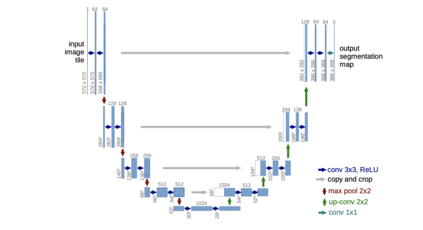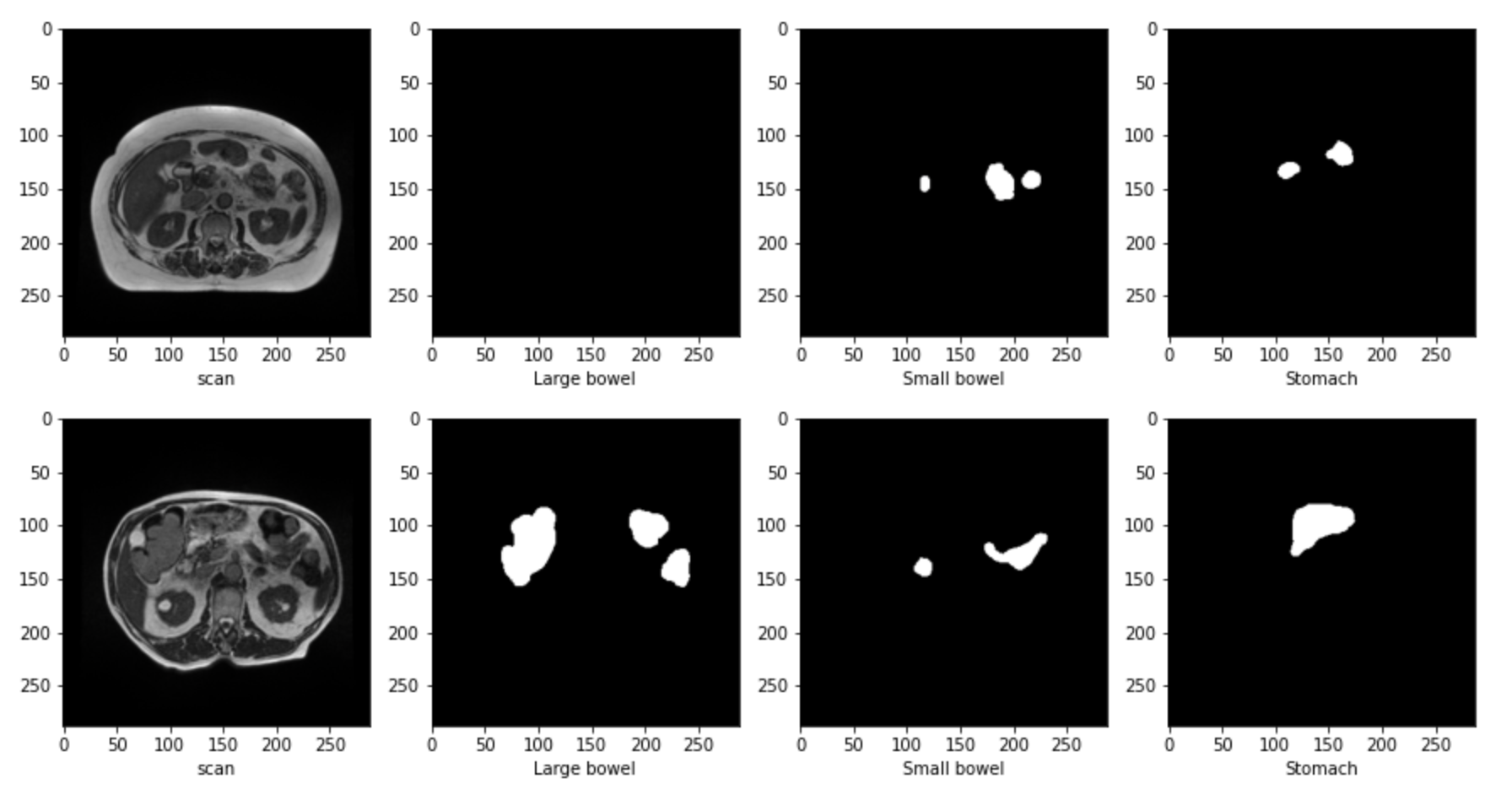The job of Radiation oncologists is to deliver x-ray beams pointed toward the tumor and at the same time avoid the stomach and intestines. With MR-Linacs (magnetic resonance imaging and linear accelerator systems), oncologists can visualize the position of the tumor and allow for precise dose according to tumor cell presence which can vary from day to day. The current job of outlining the position of the stomach and intestines to adjust the X-ray beams direction for the dose delivery to the tumor while avoiding the organs. This is a time-consuming and labor-intensive process that can easily prolong treatments from 15 minutes to an hour a day unless deep learning methods can automate the segmentation process. This paper discusses an automated segmentation process using deep learning to make this process faster and allow more patients to get effective treatment.
翻译:辐射肿瘤学家的任务是向肿瘤提供指向肿瘤的X射线,同时避免胃和肠道。借助MR-Linacs(磁共振成像和线性加速系统),肿瘤学家可以直观地观察肿瘤的位置,并允许根据肿瘤细胞的存在进行精确的剂量,而肿瘤细胞的存在可能日复一日地不同。目前的工作是概述胃和肠道的位置,以调整向肿瘤投送X射线的方向,同时避免切除器官。这是一个耗时和劳动密集型的过程,可以很容易地将治疗时间从15分钟延长到每天一小时,除非深层学习方法能够将分离过程自动化。本文讨论一个自动分解过程,利用深层学习使这一过程更快,让更多的病人获得有效的治疗。










